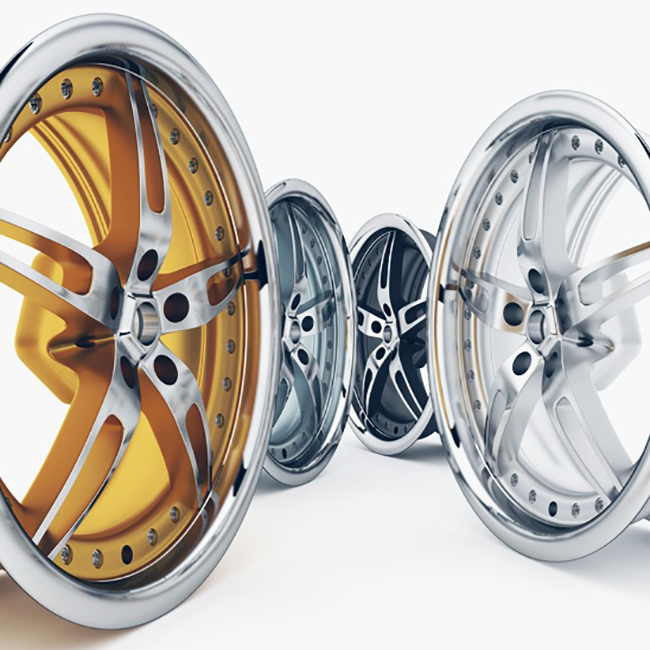removing crankshaft seal
Removing the Crankshaft Seal A Step-by-Step Guide
The crankshaft seal, an essential component of any internal combustion engine, plays a crucial role in preventing oil leaks and ensuring that the engine functions efficiently. Over time, however, these seals can wear out due to heat, age, and exposure to various engine fluids. When a crankshaft seal fails, it can lead to significant oil loss, potentially damaging the engine. Therefore, knowing how to remove and replace a crankshaft seal is an invaluable skill for any car enthusiast or mechanic.
Tools and Materials Needed
Before embarking on the endeavor to remove the crankshaft seal, it is essential to gather the necessary tools and materials. You will need
- A socket set - A torque wrench - Screwdrivers (flathead and Phillips) - A seal puller or a similar tool - Engine oil or lubricant - Replacement crankshaft seal - A rag or paper towels - Safety glasses and gloves
Step 1 Preparation
Start by ensuring that the engine is cool and the vehicle is parked on a level surface. Always disconnect the negative battery terminal to prevent any electrical issues while you're working. It’s advisable to drain the engine oil to prevent any spills during the removal process.
Step 2 Access the Crankshaft Seal
To access the crankshaft seal, you will likely need to remove other components obstructing it, such as the timing belt or chain cover and potentially the harmonic balancer. Consult your vehicle’s service manual for specific instructions, as these procedures can vary significantly between different engine designs.
Step 3 Inspect the Area
Once you have gained access to the seal, inspect the area for any signs of damage or excessive wear. This can help you understand the reason for the seal’s failure and guide you in performing any necessary repairs to adjacent components before installing the new seal.
removing crankshaft seal

Step 4 Remove the Old Crankshaft Seal
Using a seal puller, carefully extract the old crankshaft seal. Be cautious not to damage the crankshaft or the surrounding housing during this procedure. If you do not have a seal puller, you can gently pry the seal out using a flathead screwdriver, but this requires extra care to avoid any surface damage.
Step 5 Clean the Seal Housing
Once the old seal is removed, clean the seal housing thoroughly with a rag to remove any debris or old sealant. Inspect the crankshaft for any grooves or damage. If necessary, you may need to use a cleaning solvent to ensure a fresh surface for the new seal.
Step 6 Install the New Crankshaft Seal
Before installing the new seal, apply a thin layer of engine oil to the sealing lip of the new crankshaft seal. This will help it seat properly and minimize wear during operation. Using a seal installer or a similar tool, carefully press the new seal into place until it is flush with the engine block.
Step 7 Reassemble Components
Once the new seal is securely in place, reassemble any components that were removed earlier, such as the harmonic balancer and the timing cover. Make sure to torque all bolts to the manufacturer's specifications.
Conclusion
Removing and replacing a crankshaft seal is a manageable task that can save you from costly repairs down the line due to oil leaks. With the right tools and a methodical approach, you can restore the integrity of your engine and ensure it runs smoothly. Always refer to your vehicle's service manual for specific details tailored to your engine model, and don't hesitate to seek professional help if you feel uncertain at any point.
-
The Ultimate Guide to Boat Propeller Bearings and Trailer Wheel Bearings
News Jul.31,2025
-
The Essential Guide to Marine Bearings and Boat Trailer Wheel Bearings
News Jul.31,2025
-
The Complete Guide to Heavy Duty Seals: Protecting Doors and Spaces Efficiently
News Jul.31,2025
-
Essential Guide to Marine Shaft Bearings and Boat Trailer Axle Bearings
News Jul.31,2025
-
Comprehensive Guide to Marine and Trailer Bearings for Safe Boating and Transport
News Jul.31,2025
-
Comprehensive Guide to Automotive Oil Seals: Protecting Your Engine and Shafts
News Jul.31,2025
-
Understanding Automotive Oil Seals: Essential Components for Engine and Shaft Protection
News Jul.30,2025
Products categories















